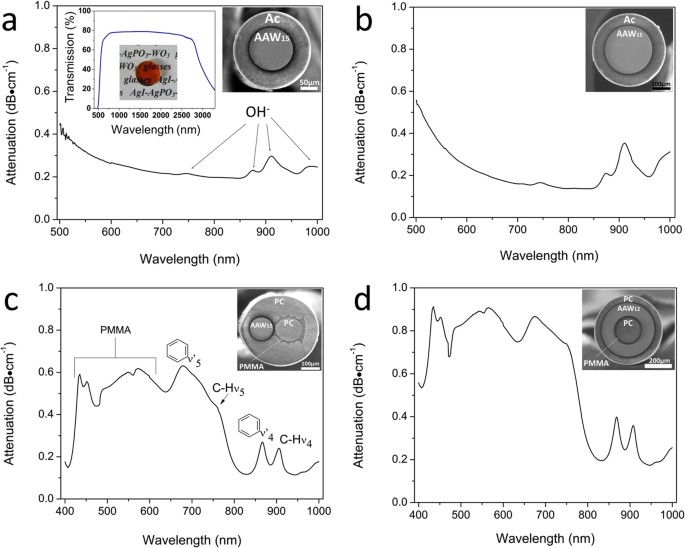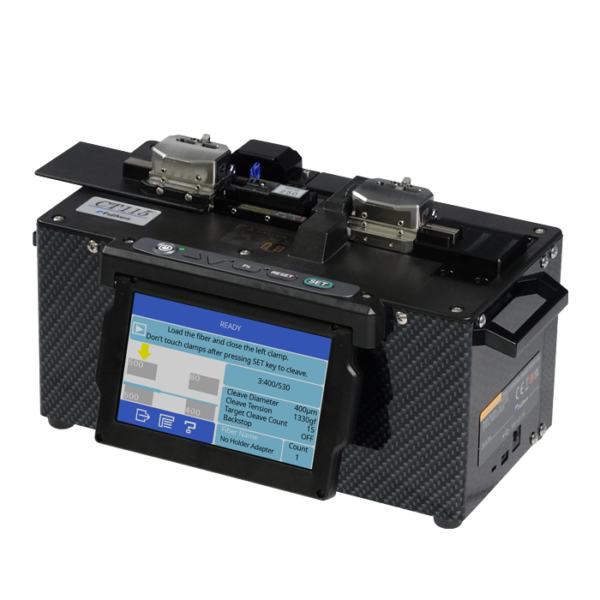High-Performance Optical Fibre Diameter Analyser for Critical Applications
High-Performance Optical Fibre Diameter Analyser for Critical Applications
Blog Article
Maximize Your Fiber Optic Efficiency: Understanding Optical Fiber Size Analyser Modern Technology
The performance of fibre optic systems is seriously affected by the accuracy of their diameter, an aspect commonly overlooked in the search of optimal signal honesty. Recognizing the modern technology behind optical fibre diameter analysers exposes the detailed equilibrium between dimension accuracy and manufacturing top quality. These tools not just enhance compliance with industry requirements but additionally give real-time insights that can preemptively attend to prospective problems. The ramifications of their usage prolong beyond mere dimension; they can essentially change the landscape of fiber optic effectiveness. What aspects should one consider to harness their full capacity?
Value of Optical Fibre Diameter
The size of optical fiber plays an important duty in identifying the efficiency and efficiency of communication systems. Conversely, smaller diameters often tend to sustain fewer settings, which can enhance signal quality and lower crosstalk.

Additionally, comprehending the size's implications can result in cost savings by lowering the requirement for signal amplification and repeaters in comprehensive networks (optical fibre diameter analyser). To conclude, the value of optical fibre diameter can not be overstated, as it directly influences the general performance and reliability of modern-day communication systems

Exactly How Size Impacts Signal Quality
Signal quality in optical fibre systems hinges substantially on the diameter of the fiber. The size influences a number of crucial specifications, consisting of depletion, transmission capacity, and modal diffusion. A smaller sized size can result in greater depletion prices, leading to signal loss as light travels with the fiber. This depletion can endanger the stability of the transmitted data, causing a decrease in signal high quality, particularly over lengthy ranges.
On the other hand, bigger sizes normally enable for enhanced light capture and reduced modal diffusion, improving signal clarity. In multimode fibers, a bigger core diameter can support numerous light settings, but it may also present intermodal dispersion, which can degrade signal top quality. For that reason, picking the ideal fibre size is important for achieving the wanted efficiency in details applications.
Furthermore, the interaction in between the fiber size and the wavelength of the light utilized plays an essential role in figuring out the reliable transmission distance and overall signal stability. Thus, comprehending how fibre size influences signal top quality is necessary for network designers and engineers striving to optimize optical fibre systems for reliable, high-speed data transmission.
Introduction of Diameter Analyser Innovation
In lots of optical fiber manufacturing procedures, accurate measurement of fiber diameter is essential for guaranteeing constant efficiency and high quality (optical fibre diameter analyser). Diameter analysers are innovative instruments developed to examine the physical dimensions of optical fibres with high precision. They utilize innovative optical and laser technologies to determine the size, ovality, and concentricity of the fibre, thus giving essential information for quality assurance
These analysers can run in-line throughout the production procedure or as component of off-line testing methods. In-line systems enable real-time tracking, important source enabling producers to readjust specifications immediately, consequently keeping optimum production conditions. Off-line analysers, on the various other hand, provide thorough analyses of batches, making certain that any inconsistencies from defined tolerances are determined and dealt with.
Size analysers substantially add to the decrease of problems in optical fibres, enhancing general item dependability. By regularly gauging essential parameters, these modern technologies help with compliance with sector criteria and requirements. As the need for high-performance optical fibers continues to climb, the duty of size analysers ends up being significantly essential in accomplishing the desired high quality and performance criteria in fiber optic systems.
Secret Features of Fibre Size Analysers
Although numerous designs of fibre size analysers exist, they commonly share numerous key features that boost their performance and integrity. One of one of the most considerable functions is high-resolution dimension capabilities, which ensure specific diameter readings, important for keeping quality assurance in fibre manufacturing. Furthermore, numerous analysers incorporate sophisticated optical sensing units made to spot minute variations in fiber diameter, therefore supplying invaluable information for procedure optimization.
Another important feature is real-time surveillance, allowing drivers to get immediate feedback on fibre size throughout the manufacturing process (optical fibre diameter analyser). This capability facilitates quick adjustments and lowers the chance of issues. Lots of analysers also come outfitted with user-friendly interfaces, making it possible for drivers to conveniently browse with data and settings outcomes
Moreover, robust information storage and analysis performances are crucial for tracking historical efficiency patterns and making sure conformity with industry standards. These attributes collectively contribute to the effectiveness of fiber size analysers in maximizing fiber optic efficiency.
Ideal Practices for Fibre Optimization

First, routine calibration of optical fiber diameter analysers is vital. This guarantees precise measurements and minimizes possible disparities that might impact performance. Next off, keeping a tidy workplace this link is essential; dust and impurities can result in indicate deterioration.
In addition, it is important to choose fibers that fulfill specific application needs. This includes reviewing aspects such as depletion, bandwidth, and ecological problems. Proper installation techniques need to additionally be abided by, including preventing sharp bends and too much tension, which can jeopardize fiber integrity.
Furthermore, utilizing advanced monitoring systems can promote real-time efficiency analyses, making it possible for punctual identification of problems. Routine screening and upkeep ought to be performed to make certain that fibres stay within ideal operational parameters.
Finally, training employees on the most recent fibre optimization modern technologies and approaches click to investigate will certainly boost their capacity to implement efficient approaches. By following these finest practices, organizations can significantly enhance the efficiency and life expectancy of their optical fibre systems, making sure effective communication and information transfer.
Conclusion
In final thought, the integration of optical fiber diameter analyser innovation is vital for optimizing fibre optic performance. By making certain accurate dimensions of fibre measurements, these analysers substantially enhance signal top quality and decrease losses throughout data transmission.
Signal quality in optical fiber systems pivots substantially on the diameter of the fibre.In many optical fibre production processes, exact dimension of fiber size is necessary for making sure regular efficiency and top quality. As the demand for high-performance optical fibres continues to increase, the function of size analysers ends up being significantly crucial in accomplishing the desired top quality and efficiency criteria in fiber optic systems.
These attributes jointly contribute to the effectiveness of fiber size analysers in enhancing fiber optic performance.
In conclusion, the integration of optical fiber size analyser modern technology is crucial for making best use of fiber optic efficiency.
Report this page